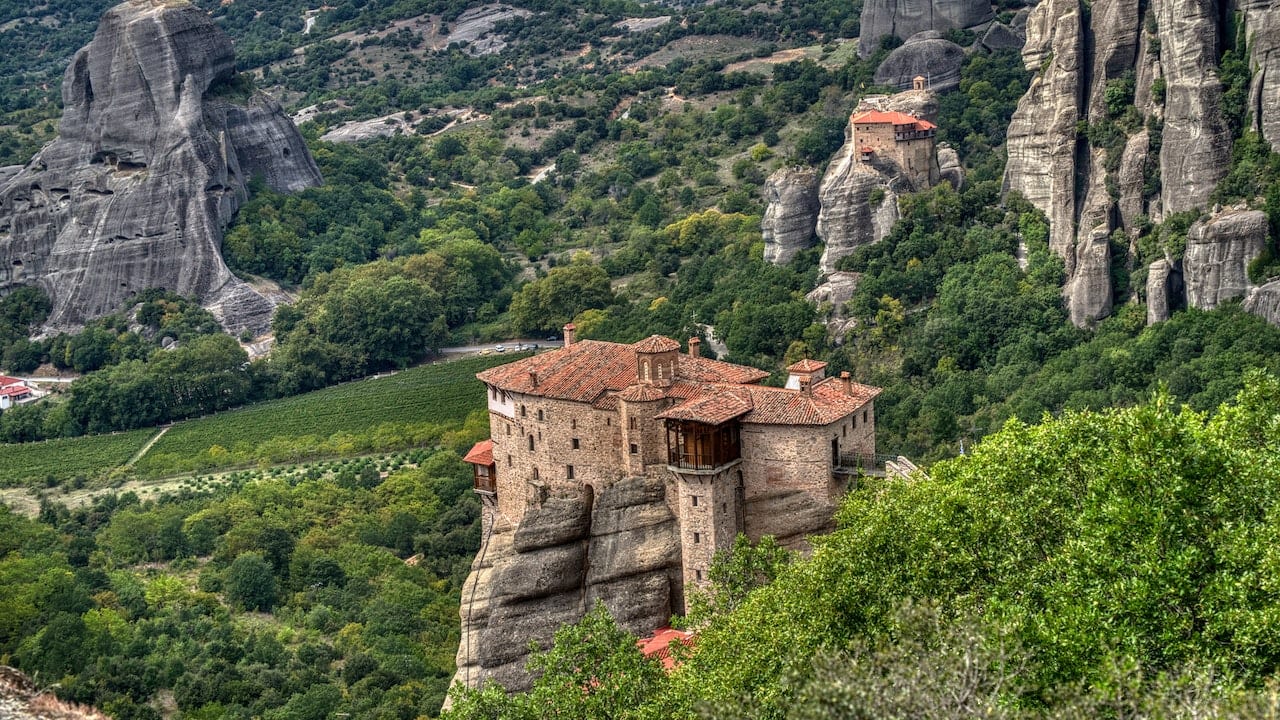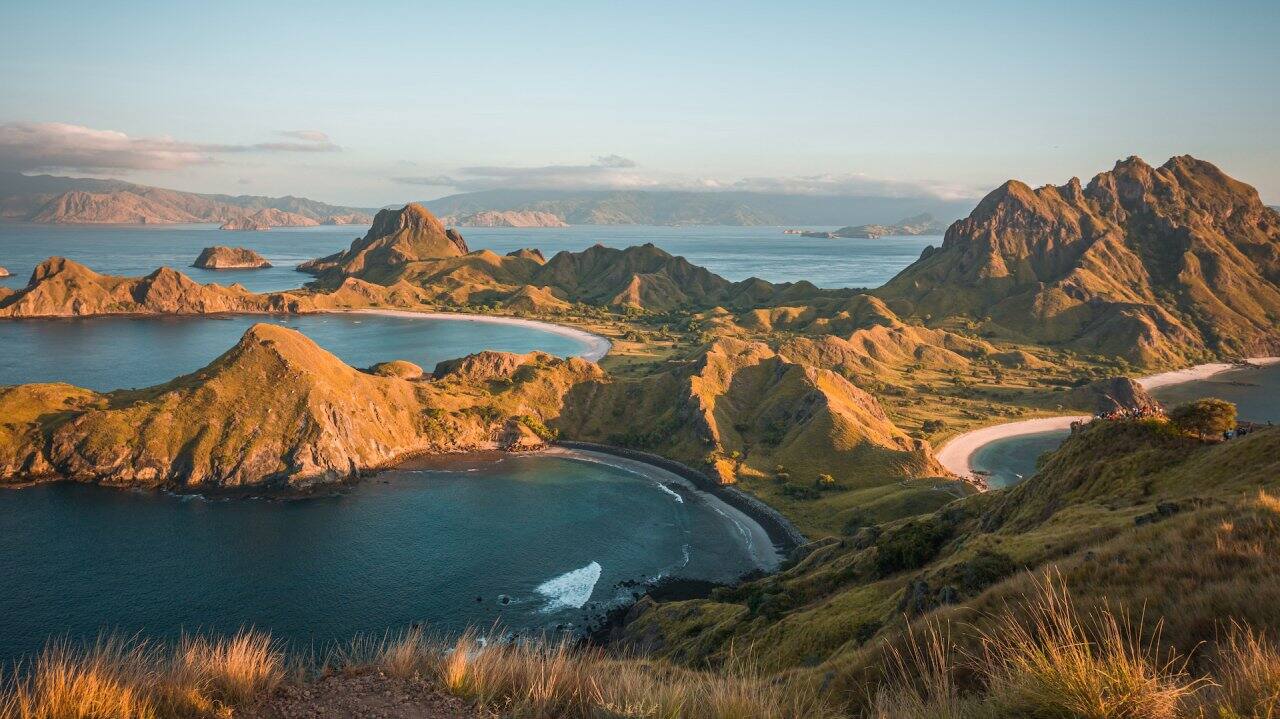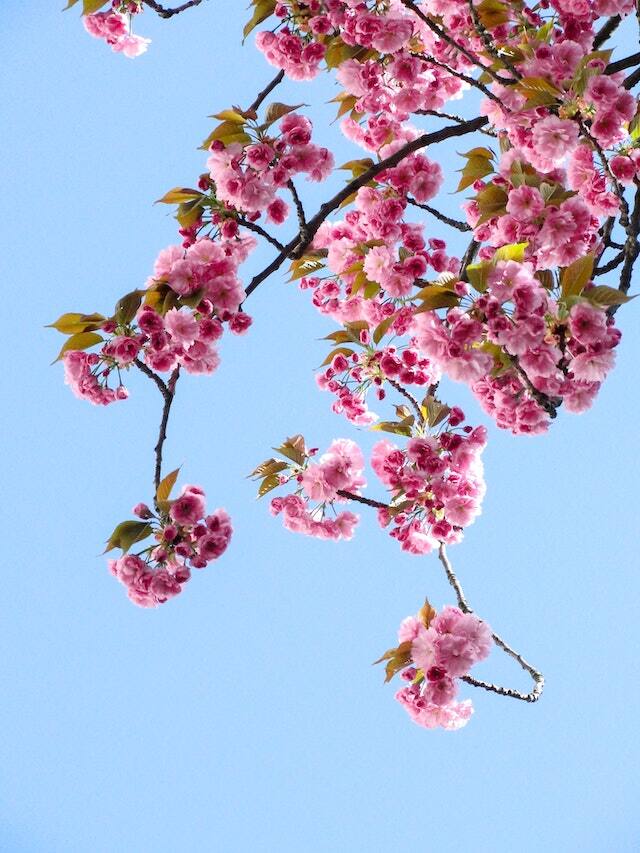



For the last quarter of a century, travel has been a way of life for me. During this time, I have lived in eight different countries for extended periods of time and never stopped wondering at the glories that the world shelters within its nooks and folds. In some ways, trying to choose my favourite places is like being forced to choose between my children: both an impossible and unfair task. There is something amazing about everywhere, as long as we judge the place for what it is, rather than for what it is not.
And yet there are some spots that are special. It is with reservations that I list (in no particular order) the following five travel experiences as my favourites, for the weight of what I have excluded bears on my conscience. And yet, when I searched my memories, it was these bucket list-worthies that came to me most readily.
 The cliff-top monasteries of Meteora in central Greece. (Photo by Ron Rov via Pexels)
The cliff-top monasteries of Meteora in central Greece. (Photo by Ron Rov via Pexels)
1) Meteora in Greece: Suspended somewhere between heaven and earth are the cliff-top monasteries of Meteora in central Greece. More than 20 of these were built here, between the 14th and 17th centuries, by monks seeking solitude and later, refuge from the Ottoman conquest of the territory in the mid 15th century. These Greek Orthodox sanctuaries are ecclesiastical marvels of engineering. They appear to fly amongst the clouds that shroud the sandstone cliffs atop which they were constructed.
Today, these monasteries can be accessed by roads that have been cut into the mountain sides, saving visitors hours of climbing, which for centuries was the only way in. Frescoes in the Byzantine style adorn the renovated interiors.
As I watched the sun set over the extraordinary rock formations of Meteora, the golden aura appeared as if lifted straight from a Greek icon. Even my sceptic’s heart was bathed in spirituality.
2) Komodo islands in Indonesia: It takes a few hours on a small boat, under the empty horizon that cups this part of the South Pacific Ocean, the Flores Sea, to reach the volcanic islands that comprise the Komodo National Park: Rinca, Komodo, and Padar.
Komodo dragons are a kind of overgrown monitor lizard and can reach lengths of 10 feet and weigh up to 90 kilograms. The islands of Rinca and Komodo, the two that I visited, are encrusted in dry savannah. From a distance, they appear as gnarled and ancient as their dragon inhabitants.
Tracking these anachronistic-looking beasts on land is not for the feint hearted. They are considered to be the most intelligent reptiles on the planet and are carnivorous as well as, occasionally, cannibalistic.
It took me a couple of hours of walking before I spotted my first Komodo on Rinca island, basking in the sun. It needed courage not to turn and run as fast as my legs would carry me. Instead, I took out my phone and zoomed in to take a quick photograph. At the very moment I was about to click, the scaly leviathan opened one eye and shot a malevolent look directly at me. The moment lingers in my more restless dreams.
To visit both islands requires spending a night on the boat under low-hanging, football-sized stars. The sun rise washes the horizon in pink and orange and even if you fail to spot a dragon, the scenery alone plops this trip into bucket list territory.
 Komodo, Indonesia. (Photo by Rizknas via Unsplash)
Komodo, Indonesia. (Photo by Rizknas via Unsplash)
3) Kyoto, Japan, in Spring: To be in Kyoto during the brief flowering of its sakura or cherry blossom trees is to feel drunk on beauty. In the right season, Kyoto looks like an ethereal image on an 18th-century folding screen. As I reeled into the blossom-fringed entrance of the Zen temple, Tenryuji, I chanced on a resting heron, its grey-and-white silhouette easily mistaken for an ink wash painting.
Amongst the most intriguing of Kyoto’s treasures are the city’s Zen rock gardens, or karesansui (literally, dry-mountain-water). Powerfully abstract, these consist of rocks and carefully raked over white sand. It is customary for tourists to dwell on their own interpretation of the tranquil arrangements of these dry gardens. Some discern representations of a tigress escorting her cubs across water, others the restful outline of a branching tree.
The city is also home to what has been dubbed as the most beautiful street in Asia: Shimbashi. A willow-and-flower threaded canal runs along one end, with tea houses, art galleries and antiquarians connected to the street by the half-moon of a stone bridge. Shimbashi is in Gion, the city’s traditional pleasure district, the playground of elusive geisha. As dusk gathers and the yellow streetlamps start coming on, I spotted the white-faced, slightly bowed figure of a maiko (apprentice geisha) hurrying by. But the swish of a richly decorated kimono later, she had disappeared, leaving only the flutter of a restaurant entrance’s curtain in her wake.
 Sakura or cherry blossom trees (Photo by John Mark via Pexels)
Sakura or cherry blossom trees (Photo by John Mark via Pexels)
4) Yangshuo, Guilin China: This is perhaps the most eulogized natural landscape in all of the vast erstwhile Middle Kingdom. Chinese poets and painters from time immemorial have found inspiration in the region’s bewitching limestone karst peaks, green-gold fields and sensuously snaking rivers.
The area’s natural beauty is on naked display in the small town of Yangshuo, a short distance from the capital of Guanxi province, the city of Guilin. Bicycling in the neighbouring fields takes you through unspoiled farmland and fairy-tale villages with stone tiled roofs.
During my visit, I joined an evening fishing expedition that allowed for a glimpse of an ancient display of mutual benefit between man and bird. The bird in question was the cormorant, which has the ability to dive under water for long periods of time, hunting for fish. Once it nabs a catch, the bird brings the fish up to the surface in its beak, where waiting fisherman relieve it of its quarry. The diving cormorants were balletic in their movements. And watching the whole performance under the dappled light cast by paper lanterns was transportive to another time.
I visited the area two decades ago, in 2003. In the intervening years, it has exploded in popularity, especially amongst domestic tourists and I hear that some of the quiet charm of the landscape has been marred.
5) The Bernese Oberland, Switzerland: Hiking in the summer through the Alps in central Switzerland is to walk through valleys draped in wildflowers, punctuated by singing rivers and framed by dramatically snarling snow-clad peaks. We walked the flower trail from Mürren, an easy trek that even young children can enjoy. The aural solitude was a balm to city-jangled nerves, and only broken by the tinkling of cow bells. Swiss cows are a thing of wonder, the very definition of bucolic. They radiate good health, from their lush, rounded bellies, to their glossy skin.
Also spectacular was the scenic train ride on the Panoramic Express that we took from Interlaken to Lucerne. Think floor to ceiling windows looking onto a slice of heaven – except even more pristine than the real thing, if it exists. And also remember that in Switzerland, trains don’t run by the clock. It’s the clocks that are set by the arrival and departures of the trains.
Runners up to this list included:
The temples of the Angor Wat complex in Cambodia, hot air ballooning over Cappadocia in Turkey, tracking tigers in the Kanha reserve in India’s Madhya Pradesh and watching Flamenco in Spain’s syncretic, southern city of Seville.
Discover the latest Business News, Sensex, and Nifty updates. Obtain Personal Finance insights, tax queries, and expert opinions on Moneycontrol or download the Moneycontrol App to stay updated!
Find the best of Al News in one place, specially curated for you every weekend.
Stay on top of the latest tech trends and biggest startup news.